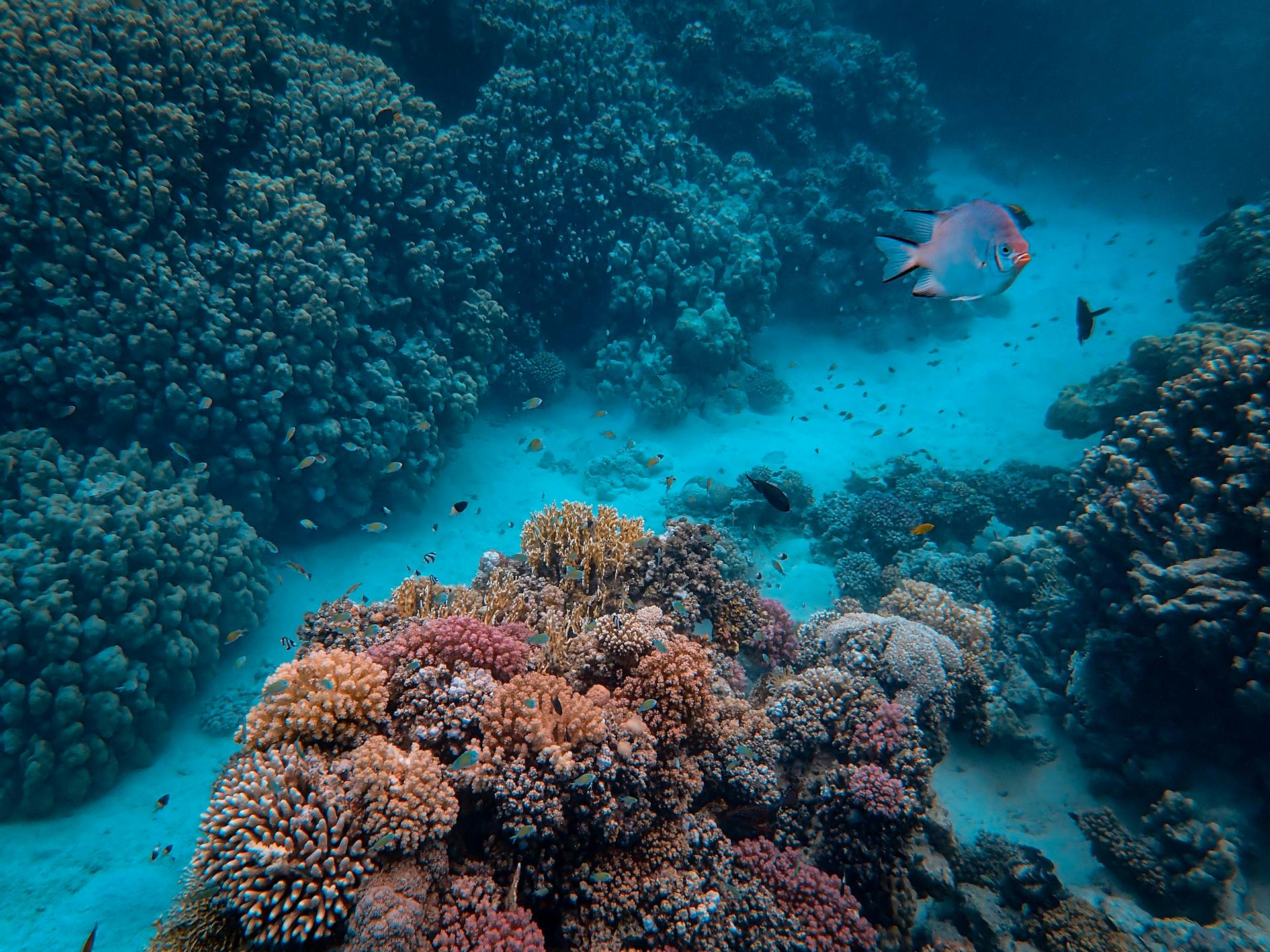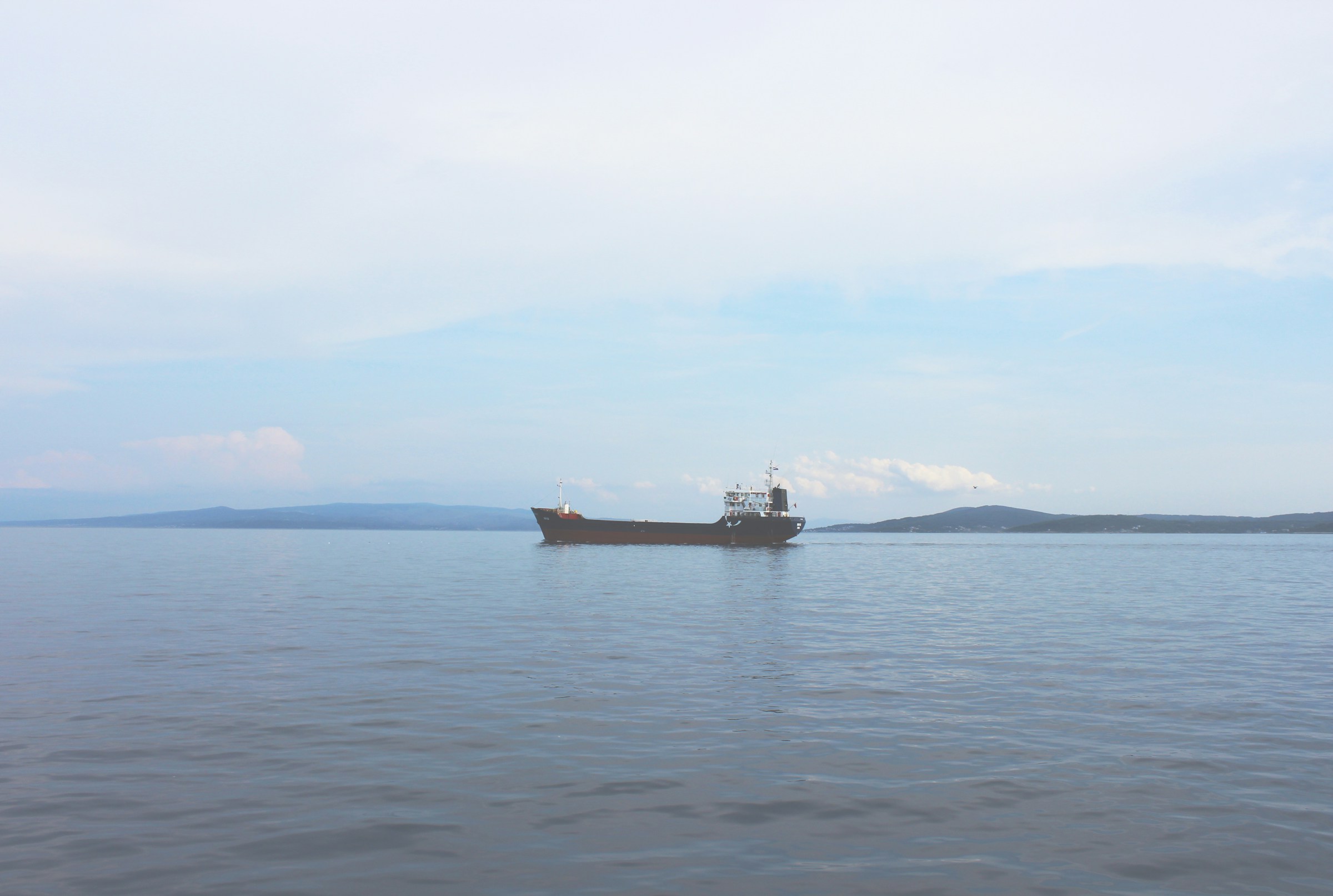Imagine a vibrant underwater city, teeming with life, where thousands of species coexist in harmony. This city, though invisible from the surface, plays a crucial role in sustaining our planet’s health and well-being. Welcome to the world of coral reefs—some of the most diverse and vital ecosystems on Earth.
Coral reefs are often called the “rainforests of the sea” due to their remarkable biodiversity. These complex ecosystems are formed by tiny coral polyps that build massive structures over thousands of years. Despite covering only about 0.1% of the ocean’s surface, coral reefs support roughly 25% of all marine life. They are home to a stunning array of fish, invertebrates, and other species that depend on the reefs for shelter, food, and breeding grounds. Understanding the importance of coral reefs goes beyond their beauty; they are essential to the health of our oceans and, by extension, our planet. From providing coastal protection to supporting global fisheries, coral reefs play an irreplaceable role in maintaining ecological balance and sustaining human economies.
What Are Coral Reefs?
Coral reefs are underwater ecosystems built primarily by coral polyps, tiny animals that secrete a hard exoskeleton made of calcium carbonate. Over generations, these polyps form massive, intricate structures that can extend for miles beneath the ocean surface. The living corals build on the skeletal remains of their ancestors, creating the foundation for one of the most biodiverse ecosystems on the planet. This process, which takes thousands of years, results in the formation of large reef structures that serve as a habitat for a vast array of marine life.
There are three main types of coral reefs: fringing reefs, barrier reefs, and atolls. Fringing reefs are the most common, growing directly along the coastline, often separated from the shore by a shallow lagoon. Barrier reefs, such as the Great Barrier Reef in Australia, are found further from the coast, separated by a deeper lagoon. Atolls are circular or oval-shaped reefs that encircle a lagoon, typically formed when volcanic islands subside and the reef continues to grow upwards. Each type of reef plays a vital role in supporting marine biodiversity and protecting coastal ecosystems.
The Role of Coral Reefs in the Ecosystem
Coral reefs are not only visually stunning but also serve as biodiversity hotspots. Despite covering only a small fraction of the ocean floor, coral reefs support an estimated 25% of all marine species, including fish, invertebrates, and algae. This makes them critical to the health of the oceans, providing shelter and breeding grounds for species that might not survive in other environments. The vibrant coral gardens also sustain populations of commercially important fish species, which rely on the reefs for food and protection from predators. In this way, coral reefs play an indispensable role in sustaining marine life and supporting global fisheries.
Beyond their biological importance, coral reefs offer numerous ecosystem services that benefit humans as well. They act as natural barriers, protecting coastlines from erosion and the destructive force of storms and waves. This is especially critical for coastal communities that rely on the reefs for physical protection. Additionally, coral reefs contribute to the carbon and nitrogen cycles of the ocean, playing a role in regulating the Earth’s climate. Through photosynthesis, corals and algae help remove carbon dioxide from the atmosphere, mitigating the effects of climate change. Moreover, coral reefs are vital for the economies of many coastal regions, supporting industries like fishing, tourism, and local livelihoods.
Why Coral Reefs Are Important
The significance of coral reefs goes far beyond their ecological functions. They are essential habitats for marine life, offering shelter, food, and protection to a diverse range of organisms. This includes not only commercially important species like fish, but also rare and endangered species that rely on the unique structure of coral reefs for survival. By promoting biodiversity, coral reefs help maintain the balance of marine ecosystems, ensuring the survival of numerous species that are integral to the health of the oceans.
Economically, coral reefs are indispensable. They contribute billions of dollars annually to the global economy through activities like fishing, tourism, and coastal protection. Coral reefs support the livelihoods of millions of people worldwide, particularly in developing nations where tourism and fishing are central to the economy. In addition, coral reefs play a role in climate regulation, helping to sequester carbon and moderate ocean temperatures. They also mitigate the impact of climate change on coastal regions by buffering against storm surges and rising sea levels, making them crucial for the resilience of coastal communities.
Threats to Coral Reefs
Unfortunately, coral reefs face numerous threats that jeopardize their survival. Climate change is one of the most significant challenges, with rising ocean temperatures leading to coral bleaching. When corals become stressed due to temperature increases, they expel the symbiotic algae living within their tissues, causing them to lose their color and weakening the reef. If the stress continues, the corals can die, leading to the collapse of the entire ecosystem. Ocean acidification, another consequence of increased carbon dioxide levels, also poses a danger by weakening the calcium carbonate structures that corals depend on for survival.
Pollution, including plastic waste, oil spills, and agricultural runoff, further threatens coral reefs by introducing harmful chemicals and toxins into the water. Overfishing, particularly destructive fishing practices like blast fishing and trawling, also contribute to the degradation of coral reefs. These practices destroy the physical structure of the reefs and harm the marine species that depend on them.
Conservation Efforts
To combat these threats, there have been numerous conservation efforts aimed at preserving coral reefs. Marine Protected Areas (MPAs) are one of the most effective tools, as they help restrict human activities that could harm the reefs, such as fishing and tourism. These areas allow coral reefs to recover and regenerate, while also providing opportunities for scientific research. Coral restoration projects are another promising approach, with initiatives such as coral farming and transplantation helping to restore damaged reefs. Scientists are also developing innovative reef rehabilitation techniques to enhance the resilience of corals to climate change.
Sustainable tourism and fishing practices are essential to the future of coral reefs. Promoting eco-friendly tourism, where visitors are educated about the importance of reefs and how to interact with them responsibly, can help reduce human impact. Similarly, responsible fishing methods that avoid damaging the reef structure can ensure that local communities continue to benefit from the reefs without causing harm.
Conclusion
Coral reefs are among the most valuable ecosystems on Earth, supporting biodiversity, protecting coastlines, and providing economic benefits to millions of people. However, they are increasingly threatened by climate change, pollution, and destructive human activities. Protecting and conserving coral reefs is crucial not only for marine life but also for the health and well-being of coastal communities around the world. Through collective efforts in conservation, sustainable practices, and raising awareness, we can ensure that coral reefs continue to thrive for future generations.
Frequently Asked Questions (FAQs)
1. What are coral reefs made of?
Coral reefs are primarily composed of the skeletons of tiny marine animals called coral polyps. These polyps secrete calcium carbonate, which gradually forms the hard structure of the reef over thousands of years. This structure provides a habitat for a diverse range of marine life.
2. How long does it take for a coral reef to form?
Coral reefs can take thousands of years to form. The process begins when small coral polyps start secreting calcium carbonate, and over time, these layers build up, creating massive reef structures. The growth rate can vary, but many reefs grow just a few centimetres each year.
3. What are the different types of coral reefs?
There are three main types of coral reefs:
- Fringing reefs: These are directly attached to the shore and are the most common type of coral reef.
- Barrier reefs: Found further offshore, barrier reefs are separated from the shore by a lagoon.
- Atolls: These are ring-shaped reefs that surround a lagoon, typically formed after a volcanic island subsides.
4. Why are coral reefs important for marine life?
Coral reefs are crucial for marine life because they provide shelter, food, and breeding grounds for a wide range of species. About 25% of all marine species rely on coral reefs for survival, making them biodiversity hotspots. They support fish populations, many of which are commercially important.
5. How do coral reefs protect coastlines?
Coral reefs act as natural barriers that protect coastlines from erosion and the destructive force of storms. They absorb the energy from waves, reducing the impact on shorelines and preventing coastal flooding and erosion. This is particularly vital for protecting low-lying islands and coastal communities.
6. What is coral bleaching?
Coral bleaching occurs when corals expel the symbiotic algae living within their tissues due to stress, often caused by rising ocean temperatures. Without these algae, corals lose their color and become weakened, making them more vulnerable to disease and death. Prolonged bleaching can lead to the collapse of entire reef systems.
7. How does climate change affect coral reefs?
Climate change impacts coral reefs in several ways. Rising ocean temperatures can lead to coral bleaching, and ocean acidification, caused by increased CO2 levels, weakens coral skeletons, making it harder for reefs to grow. These changes threaten the survival of coral reefs and the species that depend on them.
8. What is being done to protect coral reefs?
Efforts to protect coral reefs include establishing Marine Protected Areas (MPAs) where human activities like fishing and tourism are regulated. Coral restoration projects, such as coral farming and transplantation, are helping to rehabilitate damaged reefs. Additionally, promoting sustainable fishing practices and eco-friendly tourism can reduce human impact on coral reefs.
9. Can coral reefs recover from damage?
Coral reefs have the potential to recover from damage, but this depends on the severity of the harm and the surrounding environmental conditions. Restoration projects and the establishment of Marine Protected Areas can aid recovery, but prolonged damage from climate change, pollution, and destructive human activities may hinder natural regeneration.
10. How can I help protect coral reefs?
Individuals can help protect coral reefs by supporting sustainable fishing practices, reducing plastic waste, and avoiding products that contribute to pollution. If you’re visiting coral reefs, practice responsible tourism by not touching or disturbing the coral and supporting eco-friendly tour operators. Raising awareness about the importance of coral reefs is another way to contribute to their conservation.

